2013 Chevrolet Traverse Brake Rotors and Pads
Click here to search another vehicle
All Rotors:
OEM x
Coated x
Drilled, Slotted and Coated x
Front x
Rear x
All Pads:
Ceramic x
Semi-metallic x
Front x
Rear x
Found 12 record
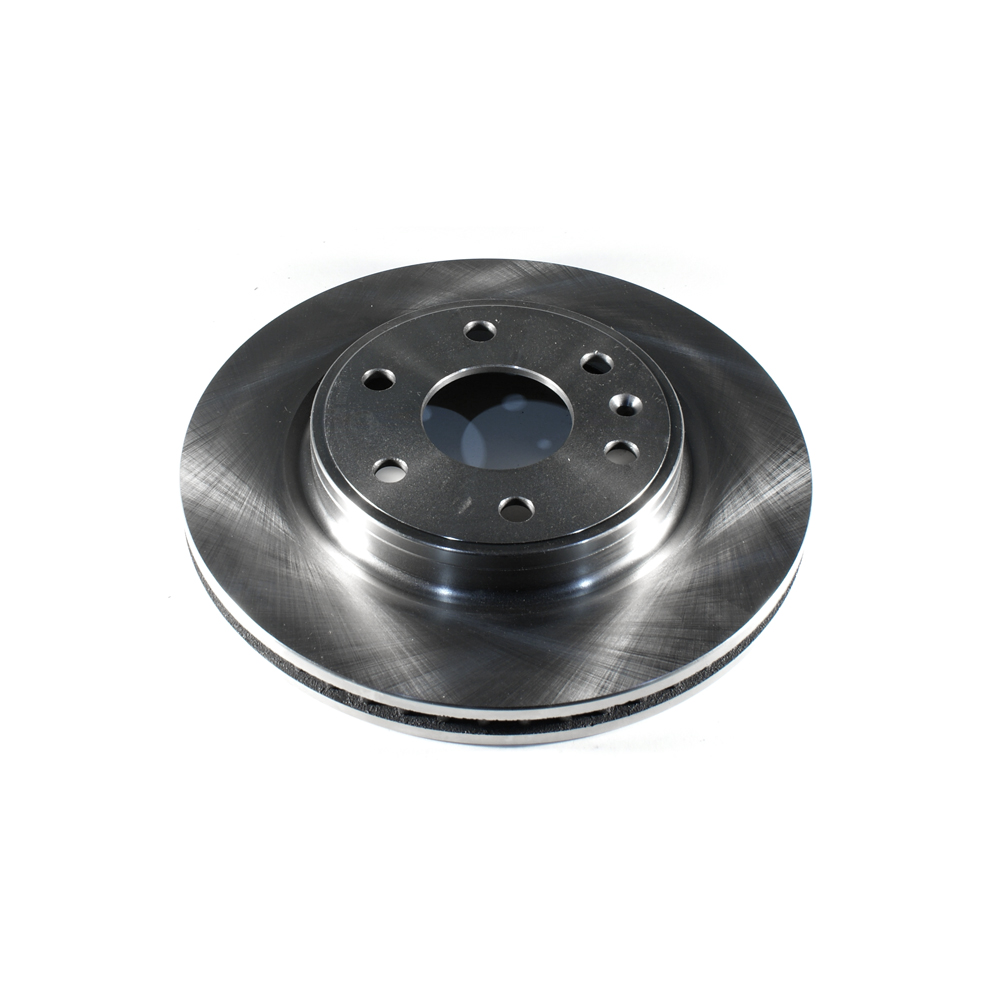
Part No: BR55150
Raybestos: 580560
OE: 10390111
Raybestos: 580560
OE: 10390111
$53.75 each
Per Car QTY: 2
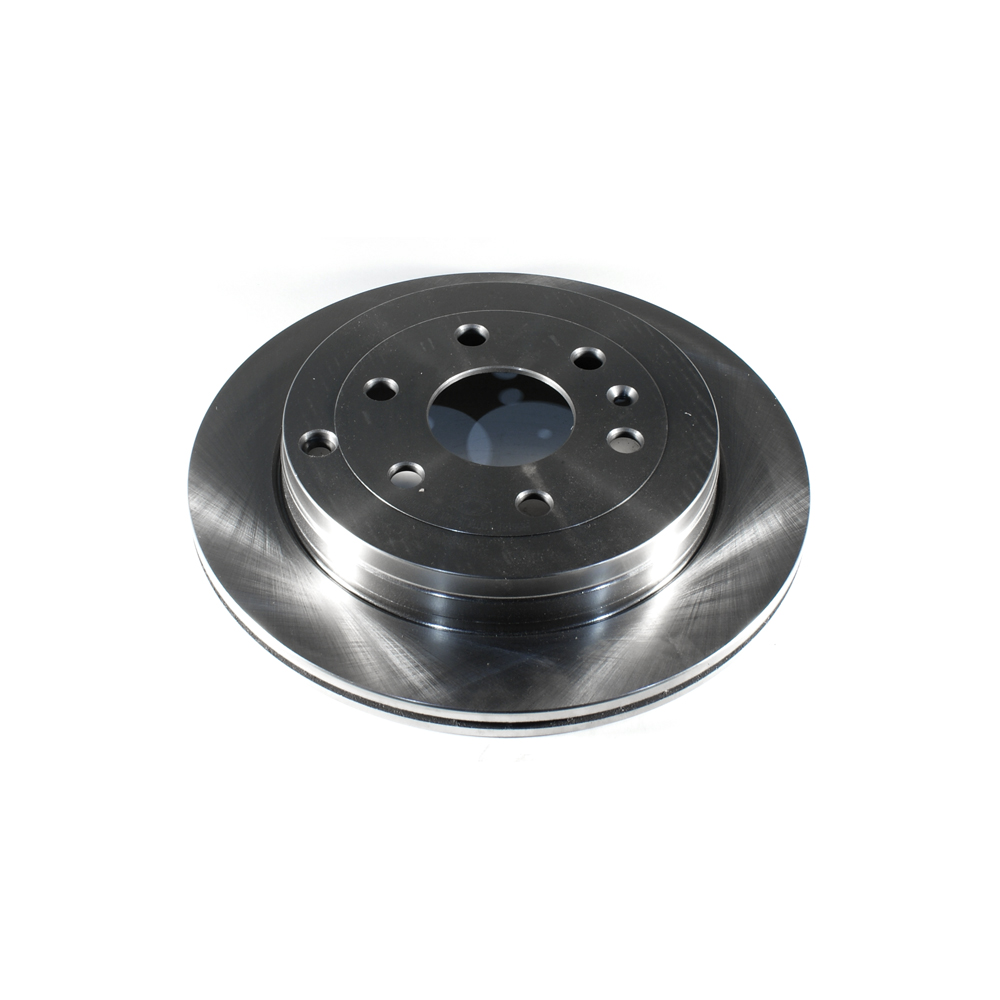
Part No: BR55151
Raybestos: 580569
OE: 10391043
Raybestos: 580569
OE: 10391043
$51.46 each
Per Car QTY: 2
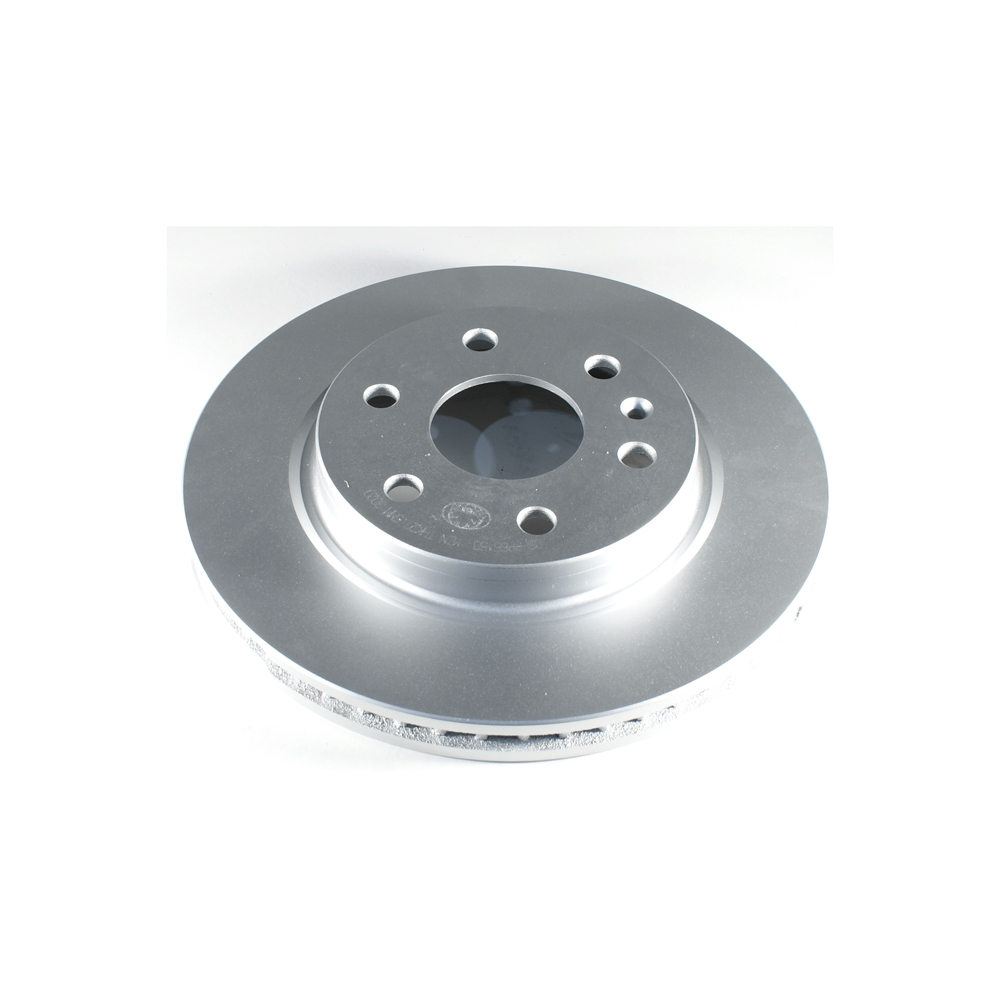
Part No: PP55150
Raybestos: 580560
OE: 10390111
Raybestos: 580560
OE: 10390111
$72.23 each
Per Car QTY: 2
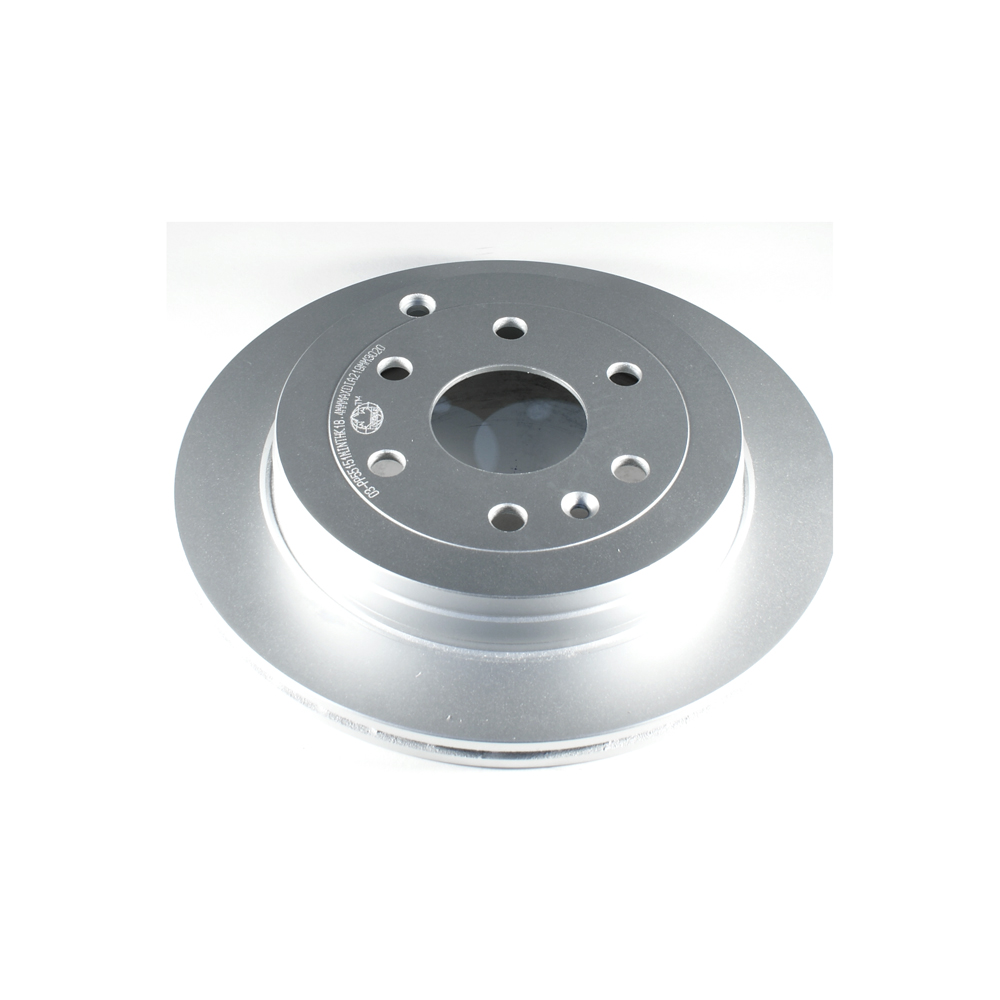
Part No: PP55151
Raybestos: 580569
OE: 10391043
Raybestos: 580569
OE: 10391043
$70.43 each
Per Car QTY: 2
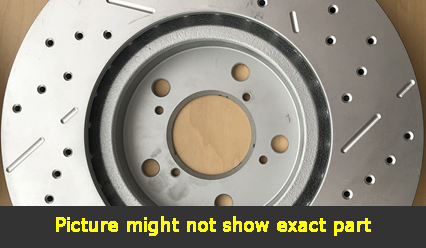
Part No: SP55150L
Raybestos: 580560
OE: 10390111
Raybestos: 580560
OE: 10390111
$108.68 each
Per Car QTY: 1
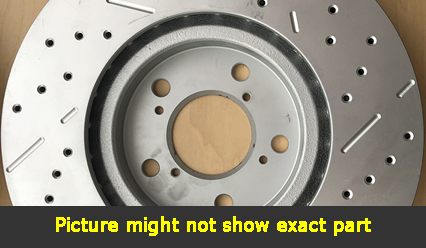
Part No: SP55150R
Raybestos: 580560
OE: 10390111
Raybestos: 580560
OE: 10390111
$108.68 each
Per Car QTY: 1
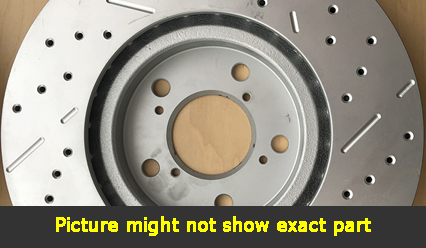
Part No: SP55151L
Raybestos: 580569
OE: 10391043
Raybestos: 580569
OE: 10391043
$106.88 each
Per Car QTY: 1
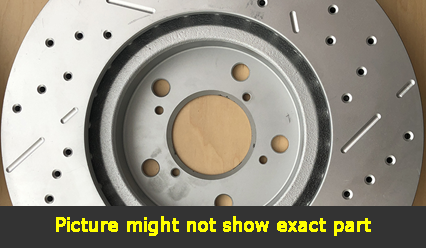
Part No: SP55151R
Raybestos: 580569
OE: 10391043
Raybestos: 580569
OE: 10391043
$106.88 each
Per Car QTY: 1
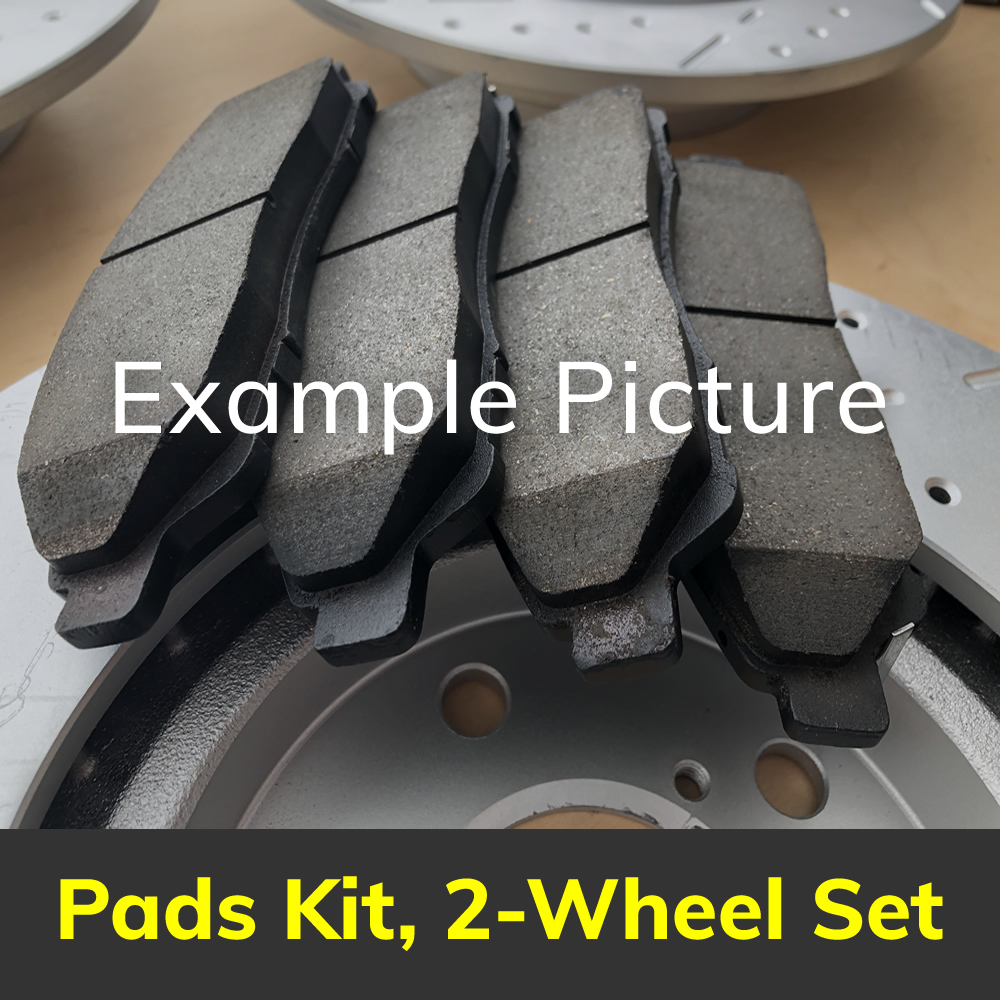
Part No: PD1169C
Raybestos: 1169
OE:
Raybestos: 1169
OE:
$39.98 each
Per Car QTY: 1
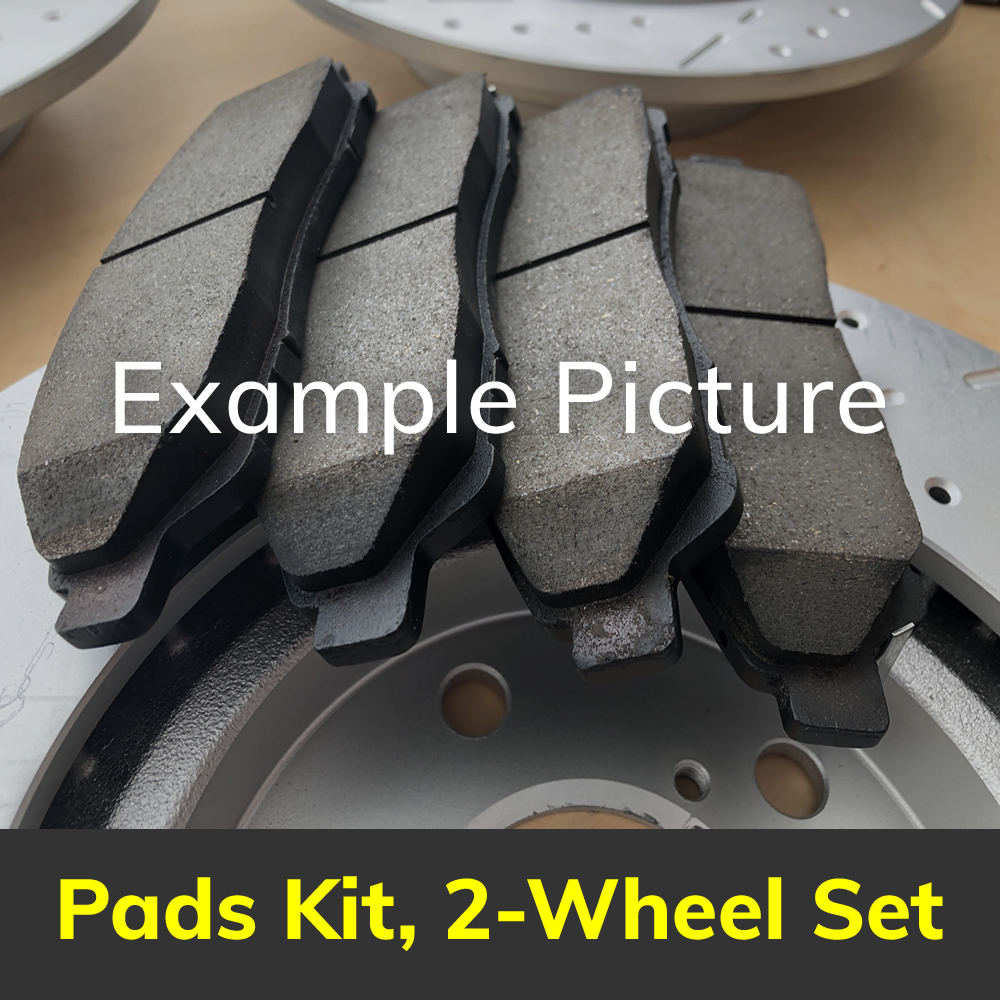
Part No: PD883C
Raybestos: 883
OE:
Raybestos: 883
OE:
$38.72 each
Per Car QTY: 1
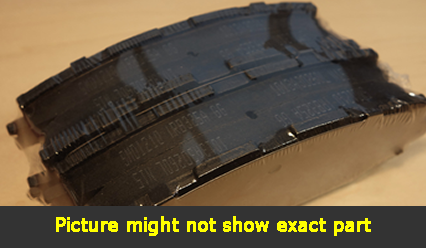
Part No: SMD1169
Raybestos:
OE:
Raybestos:
OE:
$28.01 each
Per Car QTY: 1
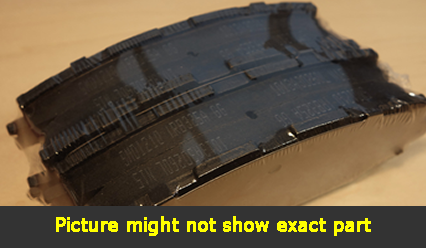
Part No: SMD883
Raybestos:
OE:
Raybestos:
OE:
$22.09 each
Per Car QTY: 1
When it comes to choosing brakes for your 2013 Chevrolet Traverse, it's important to consider various factors such as performance, durability, safety, and budget. The brakes are a crucial component of your vehicle, ensuring its ability to stop effectively and safely. Here are some tips to help you choose the right brakes for your Chevrolet Traverse.
1. Determine your driving needs: Start by evaluating your driving habits and needs. Are you mostly driving in the city, on highways, or off-road? Do you frequently tow heavy loads or carry a significant amount of passengers? Identifying your driving conditions will help you determine the most suitable brake type.
2. Learn about brake types: There are four main types of brakes available for vehicles – organic, semi-metallic, ceramic, and performance. Each type has its own advantages and disadvantages. Organic brakes are affordable and provide adequate stopping power for regular driving. Semi-metallic brakes offer improved performance and heat dissipation, making them suitable for towing or frequent braking. Ceramic brakes are designed for long-lasting performance, reduced brake dust, and minimal noise. Performance brakes are specifically engineered for high-performance vehicles or demanding driving conditions.
3. Consider OEM or aftermarket options: OEM (Original Equipment Manufacturer) brakes are designed and manufactured by the same company that produced your vehicle. They are ideal if you want to maintain the original braking performance of your Chevrolet Traverse. However, aftermarket brakes can offer better performance, durability, or cost-effectiveness in some cases. It's essential to choose reputable aftermarket brands that meet or exceed OEM specifications.
4. Check for brake pad quality: Brake pads play a significant role in stopping your vehicle. Look for brake pads made from quality materials, as this ensures better performance and longevity. Brands like Bosch, Wagner, Akebono, and Power Stop are known for producing high-quality brake pads. Check customer reviews and ratings to gain insights into the overall performance and reliability of the brake pads you're considering.
5. Consider rotor quality: Along with brake pads, the quality of brake rotors is crucial for optimal braking performance. The rotors should match the type of brake pads you choose, and it's recommended to replace the rotors when installing new brake pads. Look for rotors made from durable materials, which provide good heat dissipation and reduce the risk of warping or cracking. Brands like AC Delco, Power Stop, and Raybestos are well-regarded for their rotor quality.
6. Consult a professional: If you're uncertain about the right brake system for your Chevrolet Traverse, it's always advisable to consult a professional mechanic who has experience working on similar vehicles. They can provide expert advice and help you make an informed decision based on your specific needs.
7. Consider your budget: Brake prices can vary significantly depending on the type, brand, and quality. It's essential to set a budget but also remember that brakes are a crucial safety feature of your vehicle, so compromising on quality for cost isn't recommended. Look for a balance between performance, durability, and price.
Choosing the right brakes for your 2013 Chevrolet Traverse is essential for maintaining the safety and performance of your vehicle. By considering your driving needs, researching different brake types, checking for high-quality brake pads and rotors, and consulting a professional if needed, you can make an informed decision that fits your budget and provides optimal braking performance. Remember, your safety and that of your passengers should always be the top priority.
1. Determine your driving needs: Start by evaluating your driving habits and needs. Are you mostly driving in the city, on highways, or off-road? Do you frequently tow heavy loads or carry a significant amount of passengers? Identifying your driving conditions will help you determine the most suitable brake type.
2. Learn about brake types: There are four main types of brakes available for vehicles – organic, semi-metallic, ceramic, and performance. Each type has its own advantages and disadvantages. Organic brakes are affordable and provide adequate stopping power for regular driving. Semi-metallic brakes offer improved performance and heat dissipation, making them suitable for towing or frequent braking. Ceramic brakes are designed for long-lasting performance, reduced brake dust, and minimal noise. Performance brakes are specifically engineered for high-performance vehicles or demanding driving conditions.
3. Consider OEM or aftermarket options: OEM (Original Equipment Manufacturer) brakes are designed and manufactured by the same company that produced your vehicle. They are ideal if you want to maintain the original braking performance of your Chevrolet Traverse. However, aftermarket brakes can offer better performance, durability, or cost-effectiveness in some cases. It's essential to choose reputable aftermarket brands that meet or exceed OEM specifications.
4. Check for brake pad quality: Brake pads play a significant role in stopping your vehicle. Look for brake pads made from quality materials, as this ensures better performance and longevity. Brands like Bosch, Wagner, Akebono, and Power Stop are known for producing high-quality brake pads. Check customer reviews and ratings to gain insights into the overall performance and reliability of the brake pads you're considering.
5. Consider rotor quality: Along with brake pads, the quality of brake rotors is crucial for optimal braking performance. The rotors should match the type of brake pads you choose, and it's recommended to replace the rotors when installing new brake pads. Look for rotors made from durable materials, which provide good heat dissipation and reduce the risk of warping or cracking. Brands like AC Delco, Power Stop, and Raybestos are well-regarded for their rotor quality.
6. Consult a professional: If you're uncertain about the right brake system for your Chevrolet Traverse, it's always advisable to consult a professional mechanic who has experience working on similar vehicles. They can provide expert advice and help you make an informed decision based on your specific needs.
7. Consider your budget: Brake prices can vary significantly depending on the type, brand, and quality. It's essential to set a budget but also remember that brakes are a crucial safety feature of your vehicle, so compromising on quality for cost isn't recommended. Look for a balance between performance, durability, and price.
Choosing the right brakes for your 2013 Chevrolet Traverse is essential for maintaining the safety and performance of your vehicle. By considering your driving needs, researching different brake types, checking for high-quality brake pads and rotors, and consulting a professional if needed, you can make an informed decision that fits your budget and provides optimal braking performance. Remember, your safety and that of your passengers should always be the top priority.


